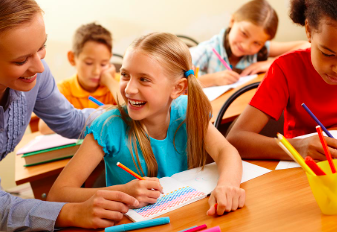Every child learns in their own unique way. Some pick up new skills quickly, while others need more time and repetition. Recognizing and respecting these differences is essential for fostering a positive learning experience. Supporting varied learning paces helps children build confidence, stay motivated, and reach their full potential.
Understanding Individual Learning Speeds
Children develop at different rates due to a variety of factors, including temperament, prior experiences, and learning styles. While some children may grasp new ideas swiftly, others might take longer but show deeper understanding over time. It’s important to create an environment that values progress rather than speed.
Creating a Flexible Learning Environment
A supportive classroom or home learning space should allow for adjustments based on individual needs. This includes providing extra time for some tasks, offering varied activities that cater to different learning styles, and avoiding direct comparisons between learners. Flexibility in lesson plans or routines can make a significant difference.
Encouraging a Growth Mindset
Teaching children that learning is a journey, not a race, can help them feel more comfortable with their own pace. Encourage phrases like “I can learn this with practice” or “Mistakes help me grow.” This approach builds resilience and a positive attitude toward challenges.
Using a Variety of Teaching Strategies
Incorporating multiple teaching methods can reach children at different paces. Visual aids, hands-on activities, storytelling, and interactive games can help reinforce lessons in diverse ways. Offering options allows children to engage with material in a manner that suits them best.
Providing One-on-One Support
Whenever possible, spend individual time with children who need additional help. Personalized attention can clarify misunderstandings and boost their confidence. Likewise, giving advanced learners enrichment activities can keep them engaged and challenged.
Monitoring Progress Respectfully
Track each child’s progress with patience and positivity. Celebrate improvements, no matter how small, and provide gentle encouragement. Avoid placing pressure or labeling learners as “slow” or “advanced,” which can affect self-esteem.
Partnering with Families
Communication with families helps ensure consistent support for each child. Sharing observations and listening to parents’ insights can provide a fuller picture of a child’s needs. Together, educators and caregivers can create strategies that nurture every learner.
Conclusion
Supporting different learning paces is not only about fairness; it’s about helping each child thrive in their own way. By creating an accepting and adaptable learning environment, we empower children to grow at a pace that is right for them—confidently and joyfully.














